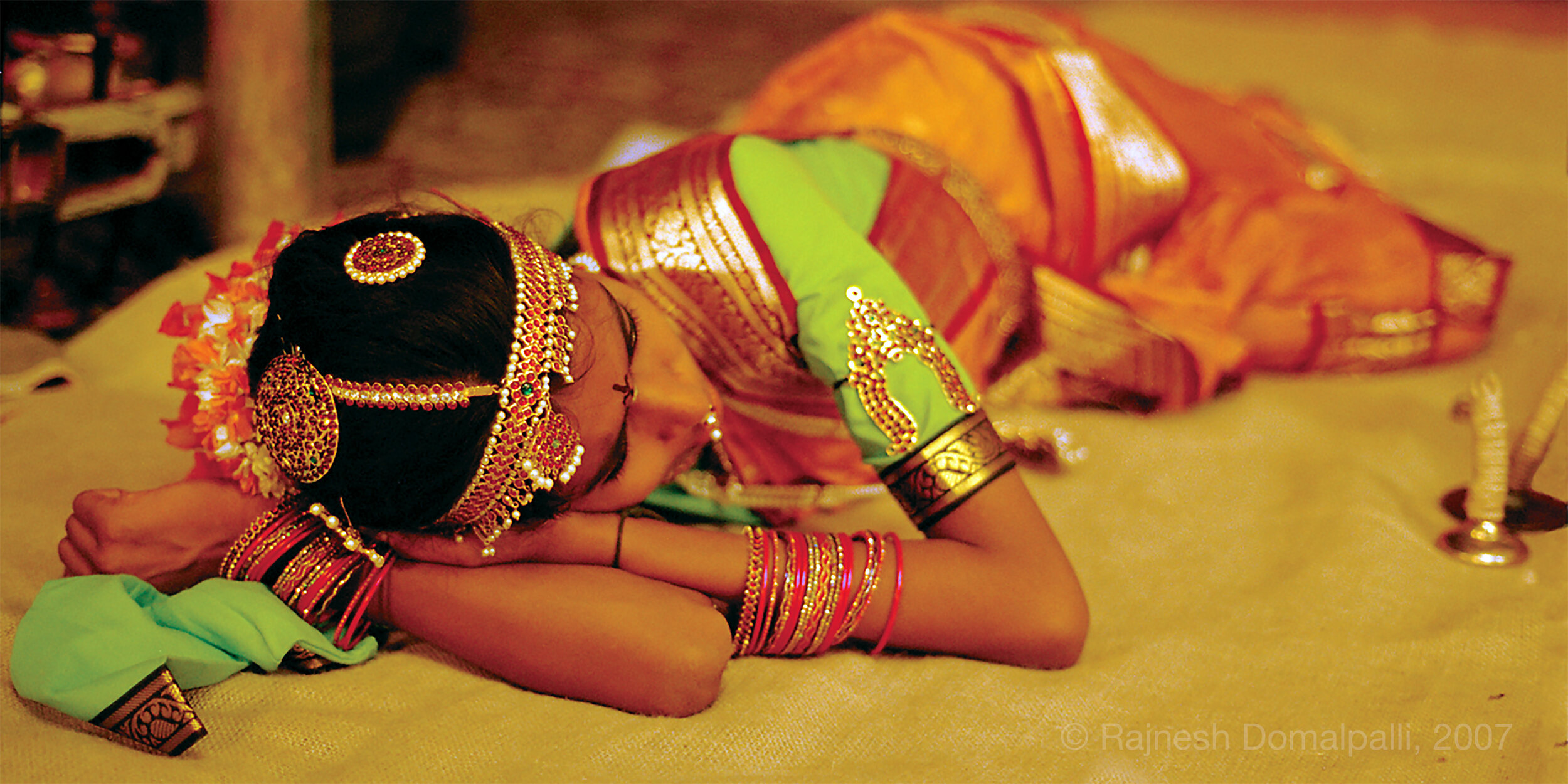
Vanaja Rests After Dance
Set in rural South India, 15 year old Vanaja goes to work for the local Landlady hoping to learn Classical Kuchipudi Dance. Initial chemistry with the Landlady's son turns ugly, pitching her into a battle of Caste and Animus.
Trailer
“Beautiful and heart-touching film from India, represents a miracle of casting... Domalpalli tells his story with tender precision, and never an awkward moment”
— Roger Ebert, Pulitzer Prize Winning Film Critic
“Absolutely Timeless” — Laura Kern, New York Times
"Sublime direction" — David Wiegand, San Francisco Chronicle
“A wondrous piece of filmmaking” — Chris Kaltenbach, Baltimore Sun
"Adds to the glory of… All Cinema" — David Noh, Film Journal
"No lie: This is the wonderful and wondrous antithesis of Bollywood, Hollywood" — Marc Savlov, Austin Chronicle
“Vanaja.. is a perfect example of why there are hard core fans of film festivals who put their lives on hold and with sandwiches in hand, line up to see every film they can" — Sheridan Sansegundo, Hamptons Star

Awards
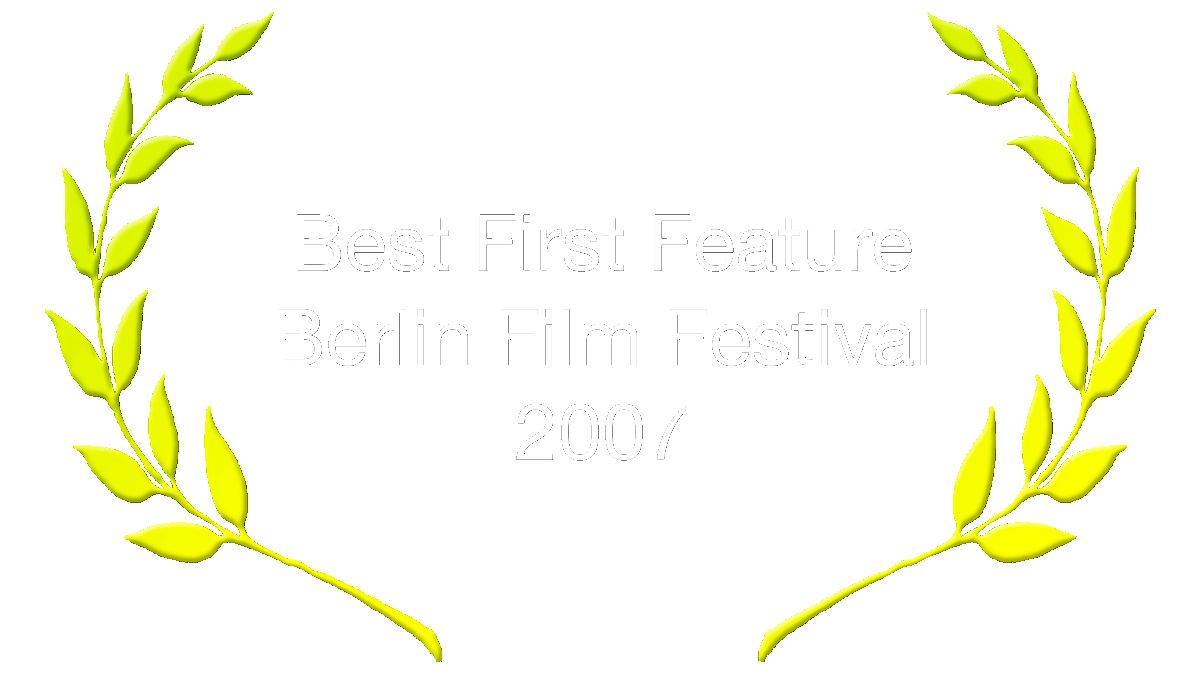
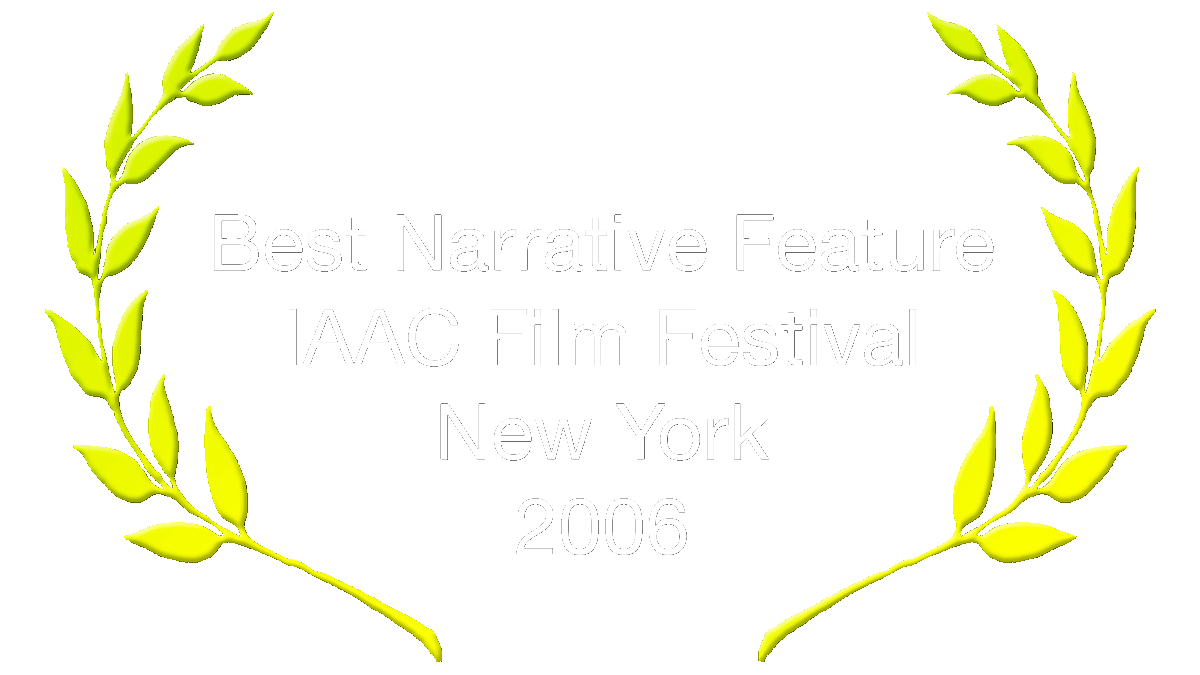
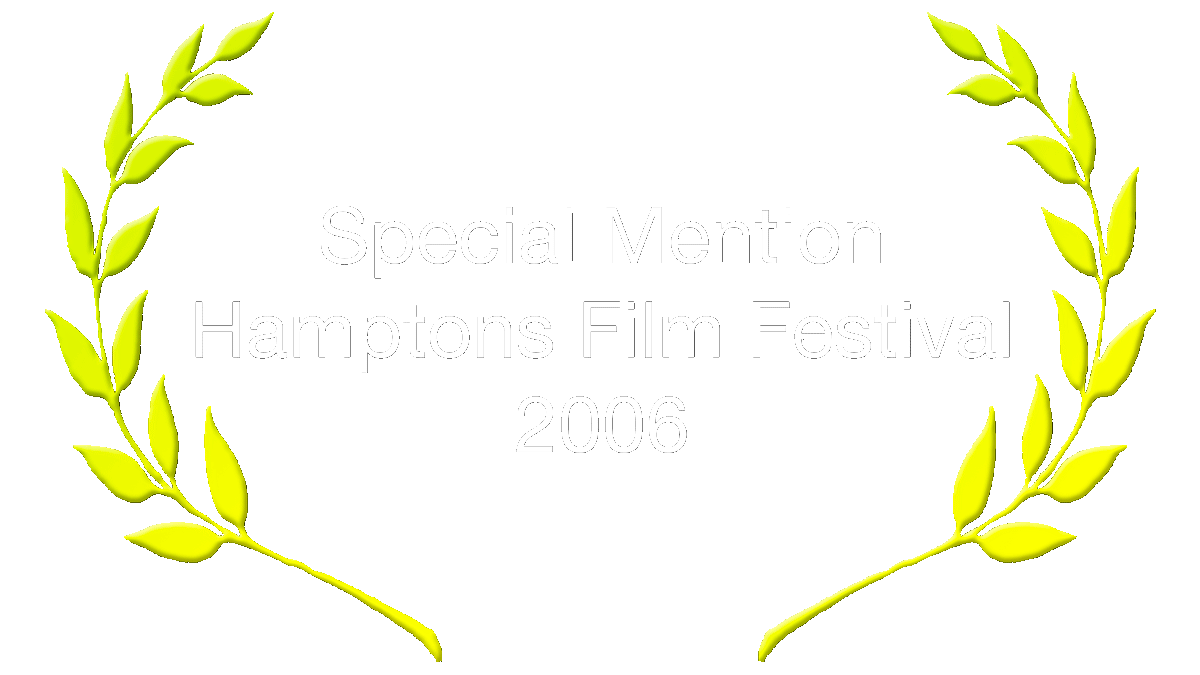


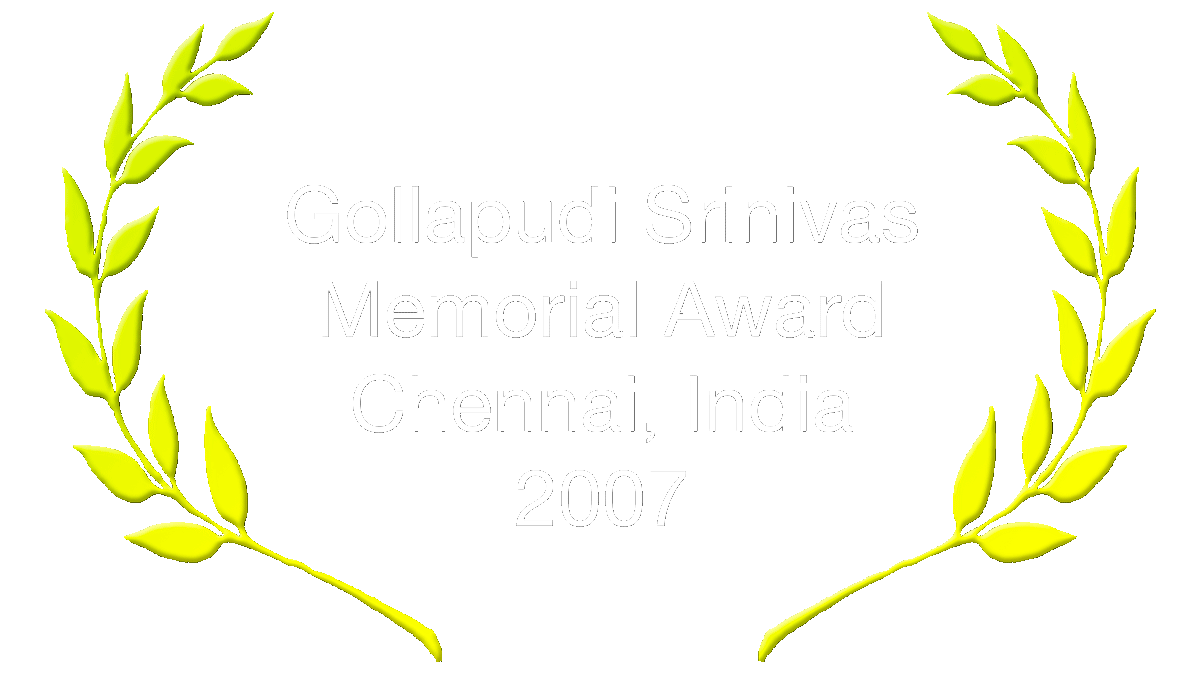

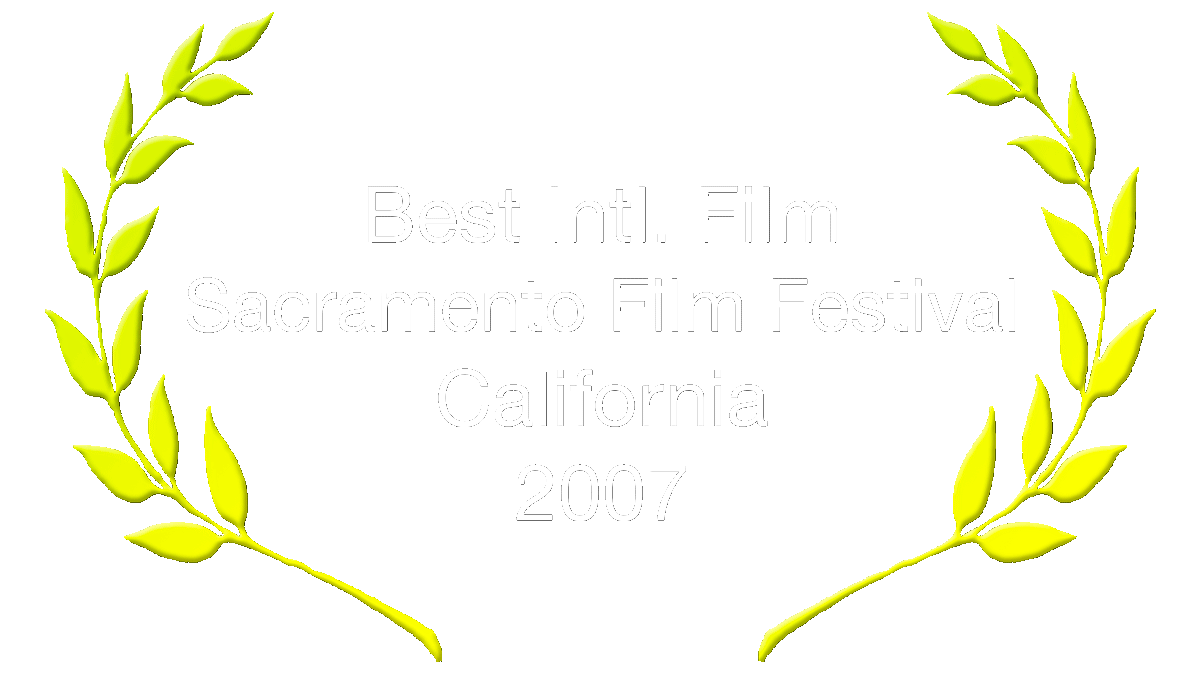

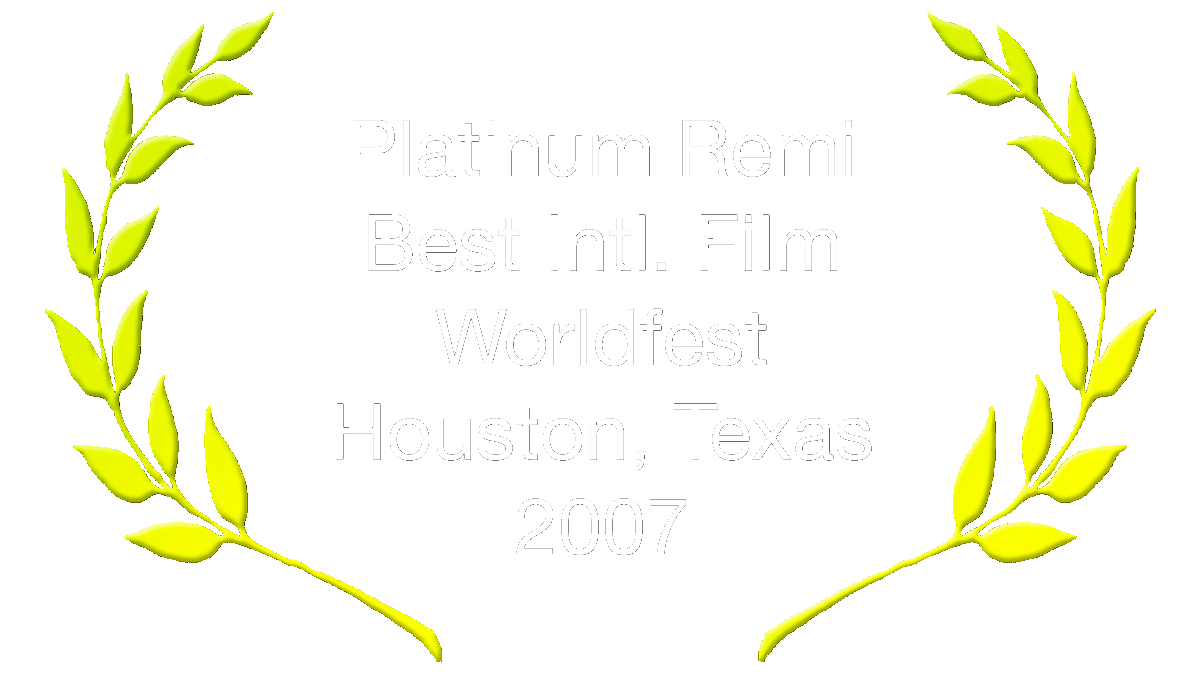








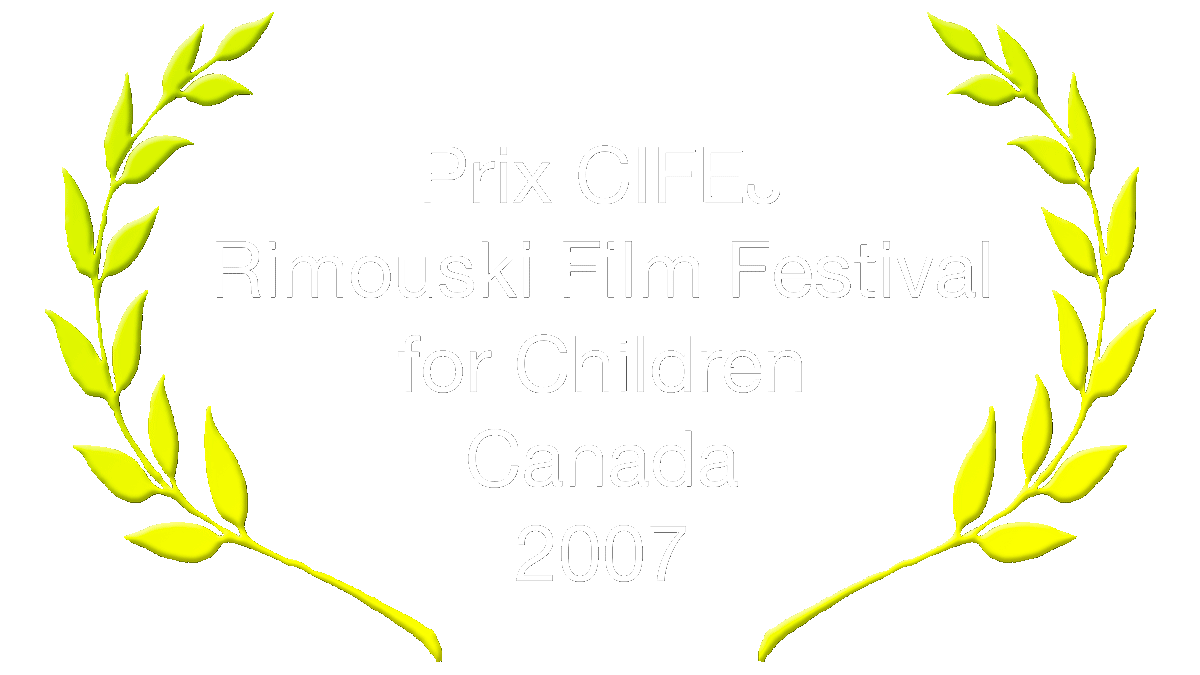
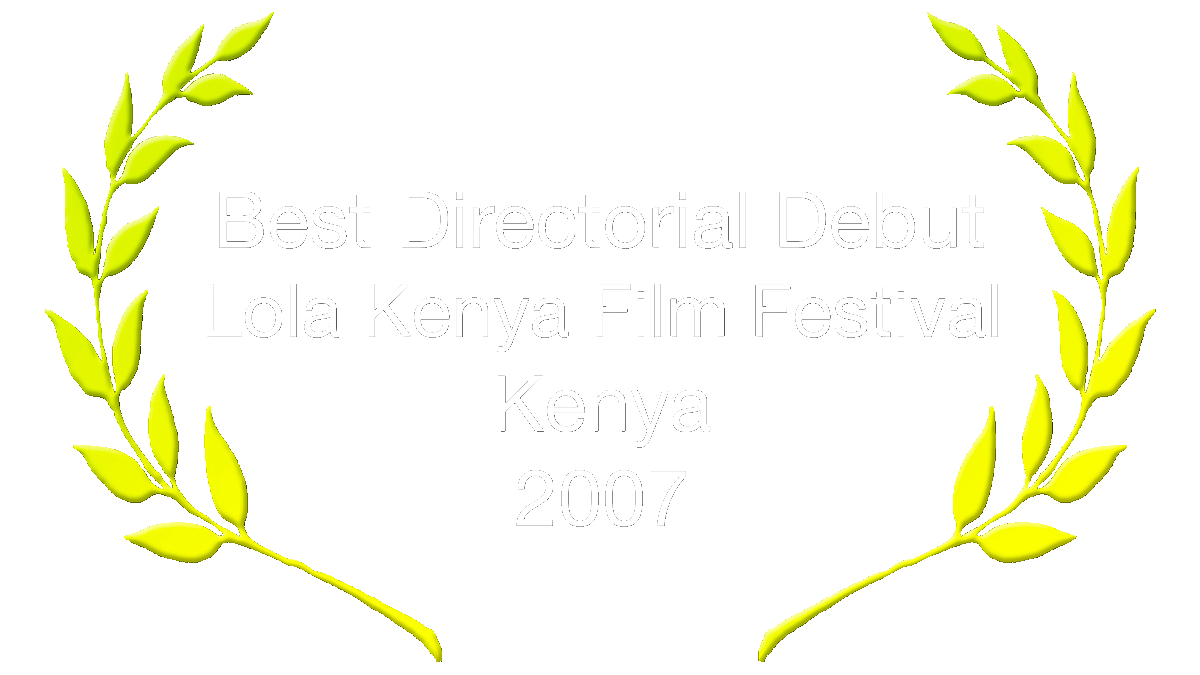
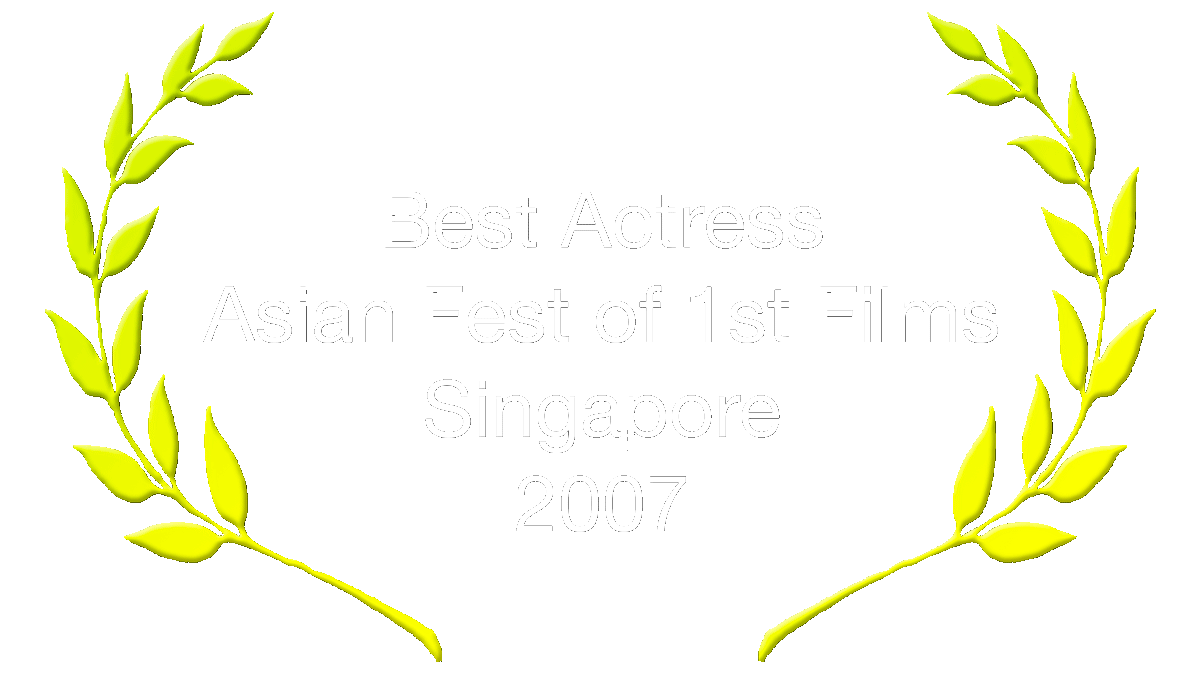












Nominations


Interviews
Filmmaker, Rajnesh Domalpalli’s Interview
Actress, Mamatha Bhukya’s Interview
Cast
Filmmakers
Crew
Director’s Statement
“Vanaja” was written as a project submission for my first semester class at Columbia University in the Fall of 2001. Inspired by a child’s scream in the film “Sophie’s Choice”, it was to be a tale about mother-child separation, but as it developed over the next three semesters, it gradually took on the elements of class distinction and conflict that continue to infuse our society and culture even today.
Pre-production began early in 2004. The first hurdle was finding appropriate talent and crew in a state where most filming was big-budget Tollywood - the Telugu language version of Bollywood that was particular to our state of Andhra Pradesh. Given the rural nature of the story, and the tendency of most local acting to lean towards the theatrical, it was clear that non-actors drawn from hutments, labor camps and the vast Indian middle class were the right choice. They would have to be put through lengthy acting training, the lead would have to learn Kuchipudi dance – no easy task, and the landlady would have to learn Carnatic classical music - if the film were to have any sense of authenticity at all.
As a first step, household staff and their friends were roped into various capacities – making flyers that would be inserted into newspapers at night, canvassing at schools, visiting local hutments and persuading dwellers to come for auditions - while simultaneously combating rumors that we were after their kidneys, pleading with government bureaucrats, putting up posters etc.. When we wanted to place an ad in the newspapers for the landlady, we found to our surprise that we couldn’t do so. So instead, we decided to advertise for household help: “female, aged 35 to 50, needed to care for elderly parents”. When unsuspecting ladies turned up for an interview, conversations would inadvertently steer towards film, what a wonderful art acting was, and how rarely ordinary people got a chance to prove their talent.
When we visited her school, the lead, Mamatha Bhukya, almost didn’t get selected. Her hair was too short. But at her teacher’s insistence, she sang a song about Gandhi-Tata (the father of the Indian Independence movement) so sweetly, that it was impossible not to short-list her. During the year of acting and dance training that followed in the basement of our house - to have started from scratch in both these fields and progressed to what you see on screen - was amazing to say the least.
Location scouting was another challenge. Finding the landlady’s mansion, a building grand enough, stable and secluded enough to meet the needs of the script was turning out to be an impossibility given the sad state of disrepair that most rural bungalows have fallen into. Finally however, princely connections to erstwhile rulers of tiny kingdoms proved invaluable in securing a building in Bobbili, a town close to the coast. The problem was that it was full of snakes, overrun by vegetation and bats, and sections of the building were too weak to support filming. A team led by Nagulu Busigampala, a tailor, turned gardener, turned chauffeur, turned production designer took over the job of cleaning, repairing, planting, painting and furnishing the place. They assembled a chicken coup in the yard, a pen for goats, painted the walls and roped in locals to bring in their livestock to trample the place and make it look inhabited. As news spread, people were more than willing to bring in sacks of rice husk, bricks, bullock carts, farming tools, hay stacks and more. They didn’t just loan them for the shoot, they wanted to act as extras. Our surprised crew warned them that they would have to pass a very severe test called “no looking into camera” and save a mishap or two, before we knew it they had mastered the art – and no amount of camera moving would ever trick them into it.
Finding an elephant was another nightmare. We wanted to find one locally to save it a truck ride. An agent in Mumbai promised to get us a temple elephant close to the coastal city of Vizag – a day’s journey by bus from our hometown of Hyderabad. So we sent a crew, parking ourselves in a hotel and waiting until he arrived. When we called him on his cell-phone, we were assured that he was minutes away and held up in traffic. Hours later, there was still no sign of him. Repeated calls over that day and the next gave us explanations that he had to run here or there on urgent missions trying to locate our beast. Each ended with assurances that we were almost there. A few days later, on a hunch, we called him from another telephone, pretending to be another party, and to no surprise, we found that he hadn’t even departed Mumbai. Needless to say, we settled for another agent and a longer truck ride.
Dealing with the bureaucracy was very similar, except that the elephant in the room was the money that nobody seemed to mention. All this was indeed a hard learning curve, but we were learning fast, given that the shoot was scheduled to start in a month – January of 2005.
When shooting did commence, on Jan 13th, looking through a Super 16mm film lens for the first time was a great shock for me, having never shot film before. All of my previous projects were video shorts - which had a very different aspect ratio - one that had dictated all of my storyboarding and camera moves. But DP Milton Kam’s reassuring and supporting presence, a crew that realized that making a Telugu language Independent film such as this was worth pouring life blood into, and a cast that was nervous yet rearing to go, made all the difference in giving the film a momentum that sent it sailing.
On a different note, the word "Vanaja" has several meanings, one of which refers to a flower that is water born, such as a lotus or a waterlily. In the film, Vanaja is the daughter of a poor, low-caste fisherman, and her name is used as a metaphor for her transformation. Just as the waterlily is born in sludge at the bottom of a pond, and rises, struggling, to bloom into something exquisitely beautiful, so does the girl.
At the end of the film, when she leaves her son with the landlady, it is in the hope that he will have a better future. This ability of hers to self-sacrifice has come from growth and the experience of hardship - not wealth, fame or material benefits. Her victory is a beauty of being that is internal, and like the waterlily, glorious to behold.
For any independent film to succeed, a hundred miracles need to happen, and we feel grateful that in our case they all did.
-Rajnesh Domalpalli
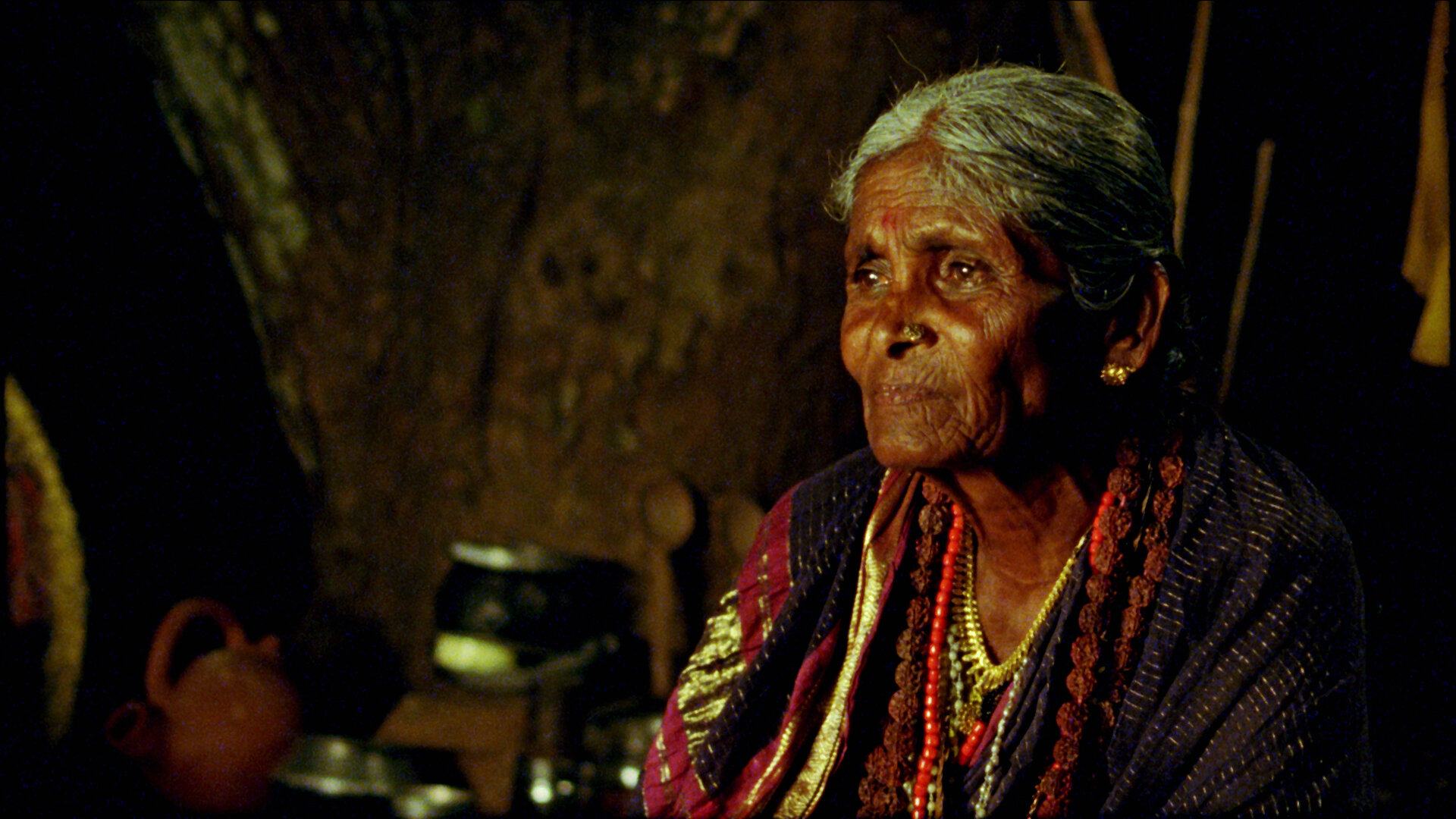
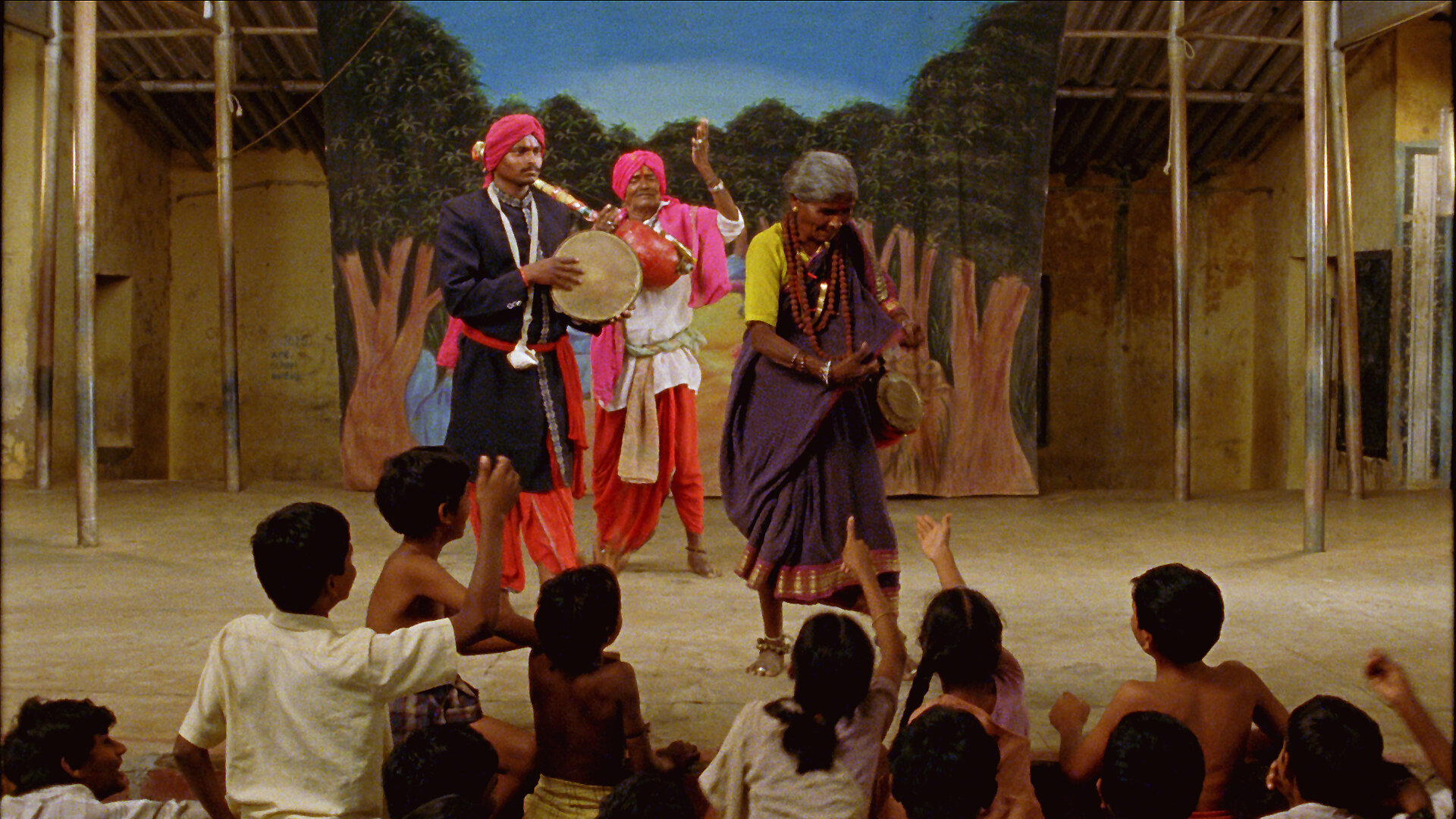
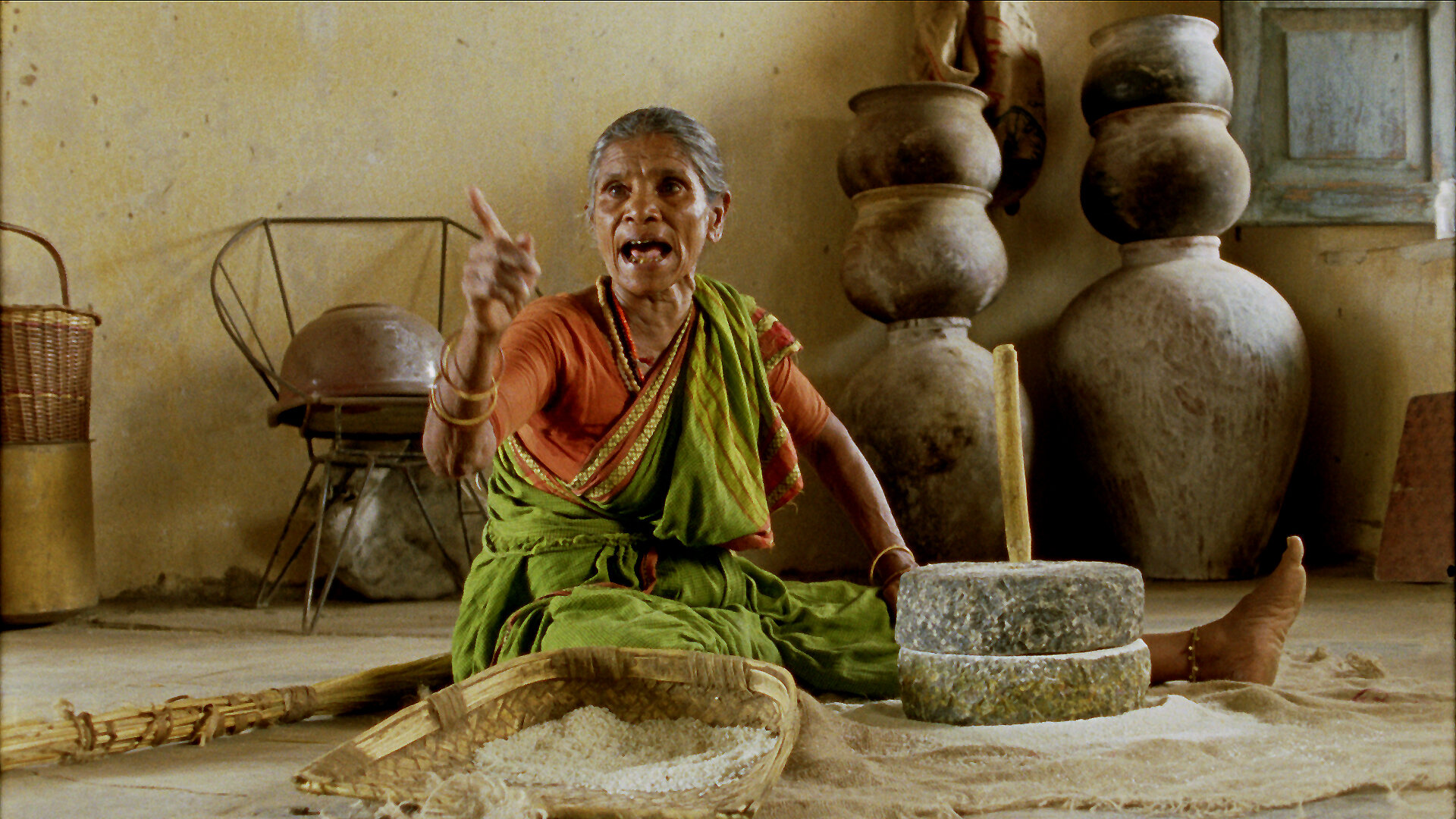
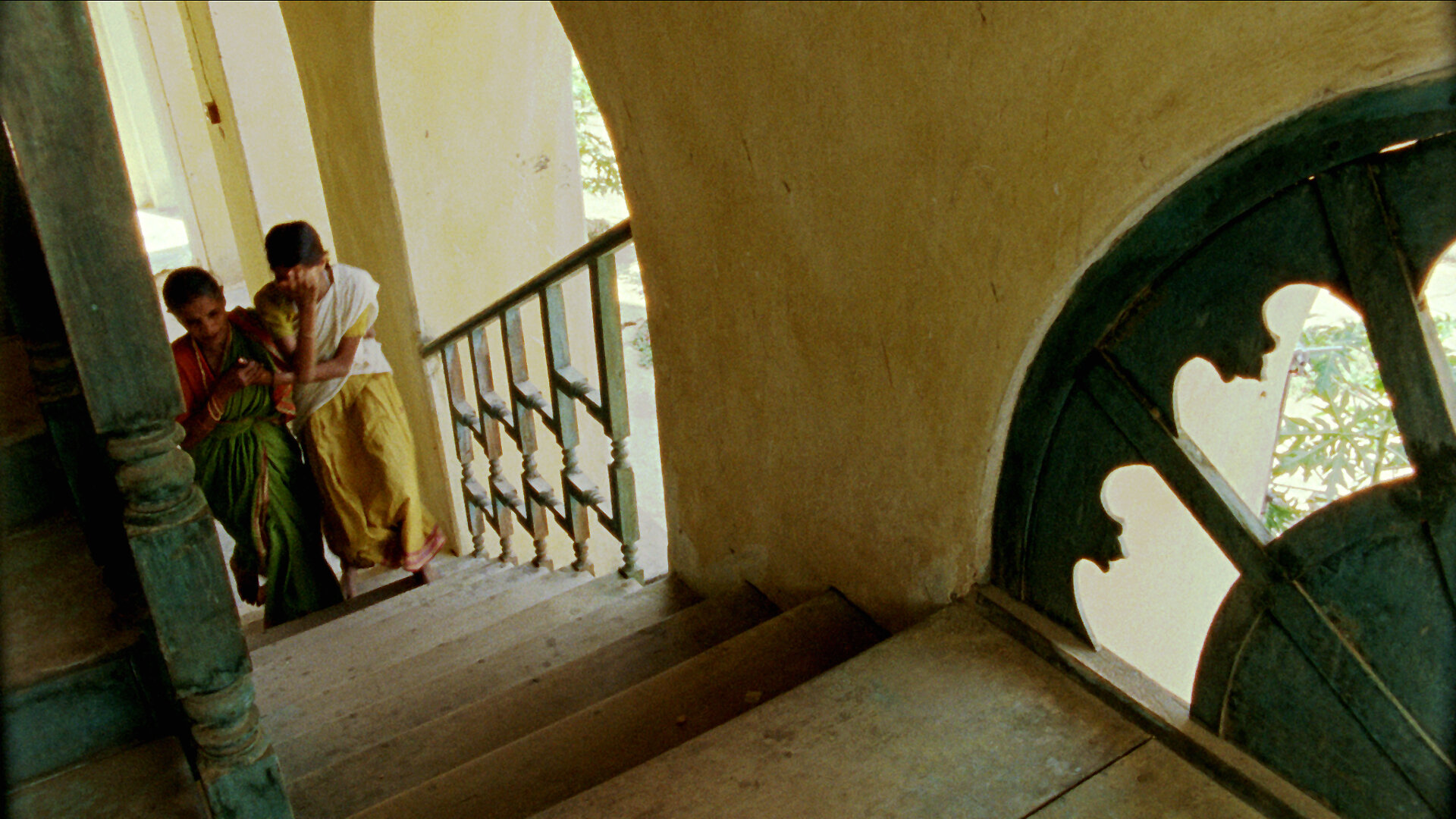
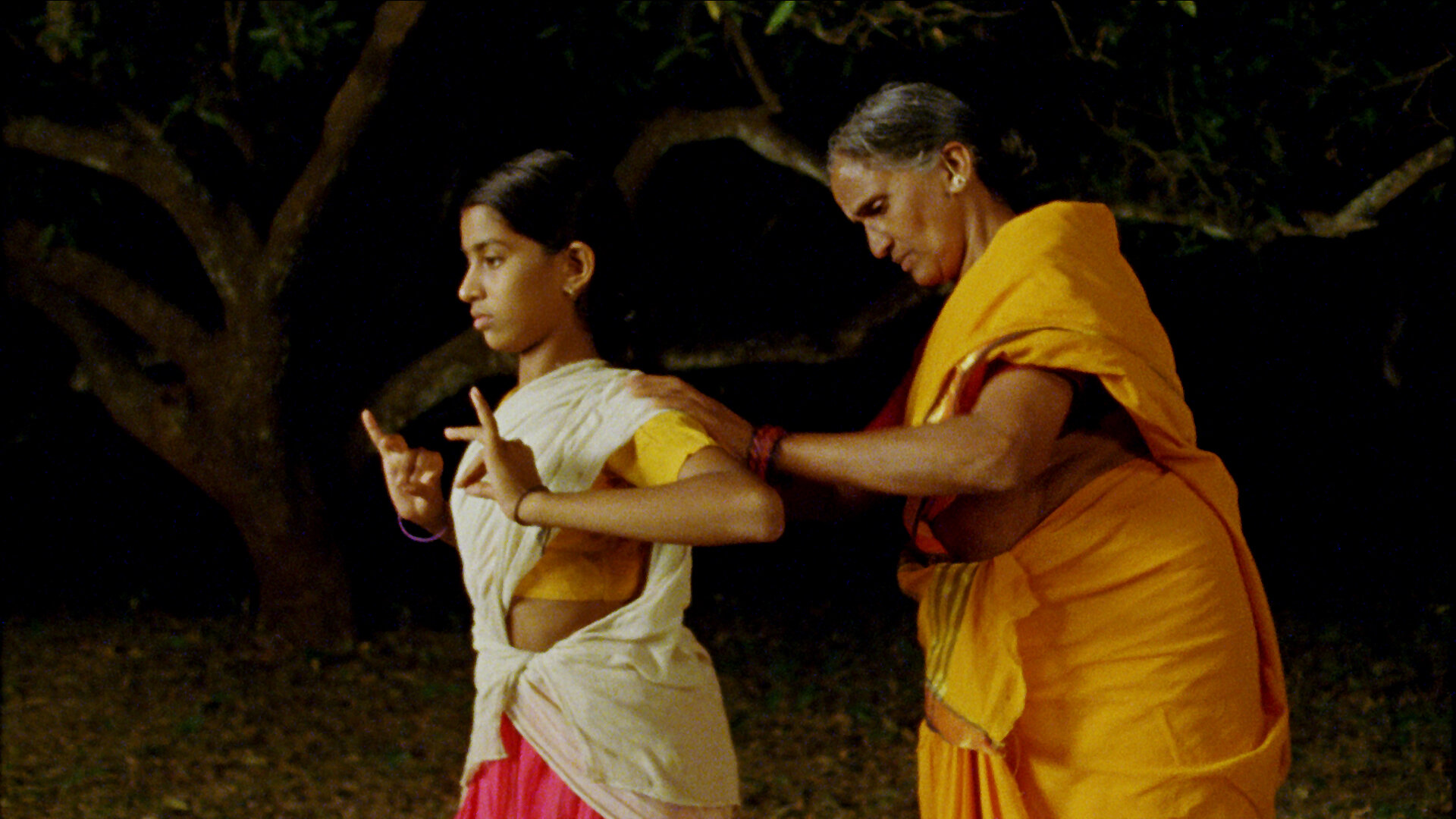
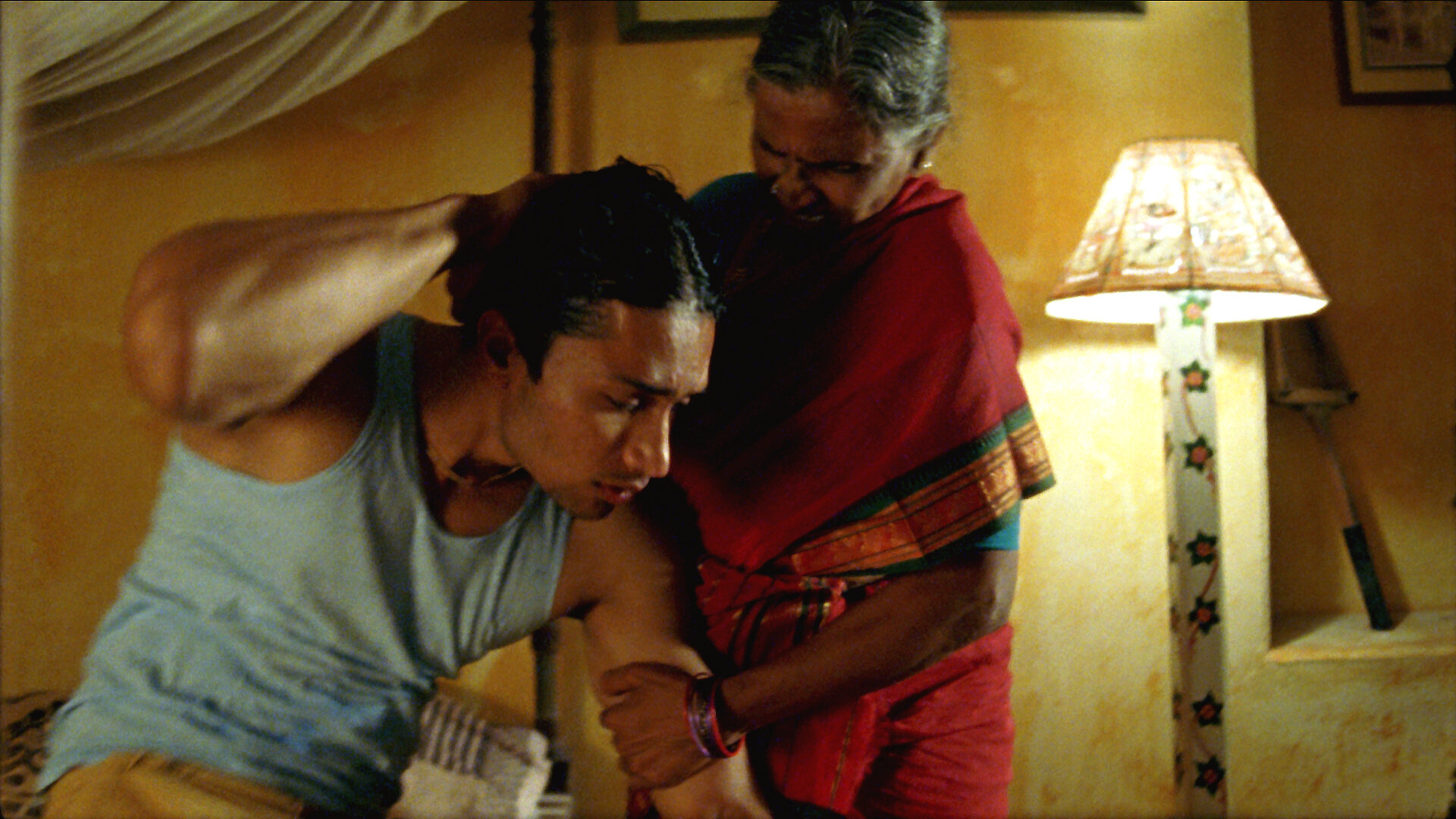
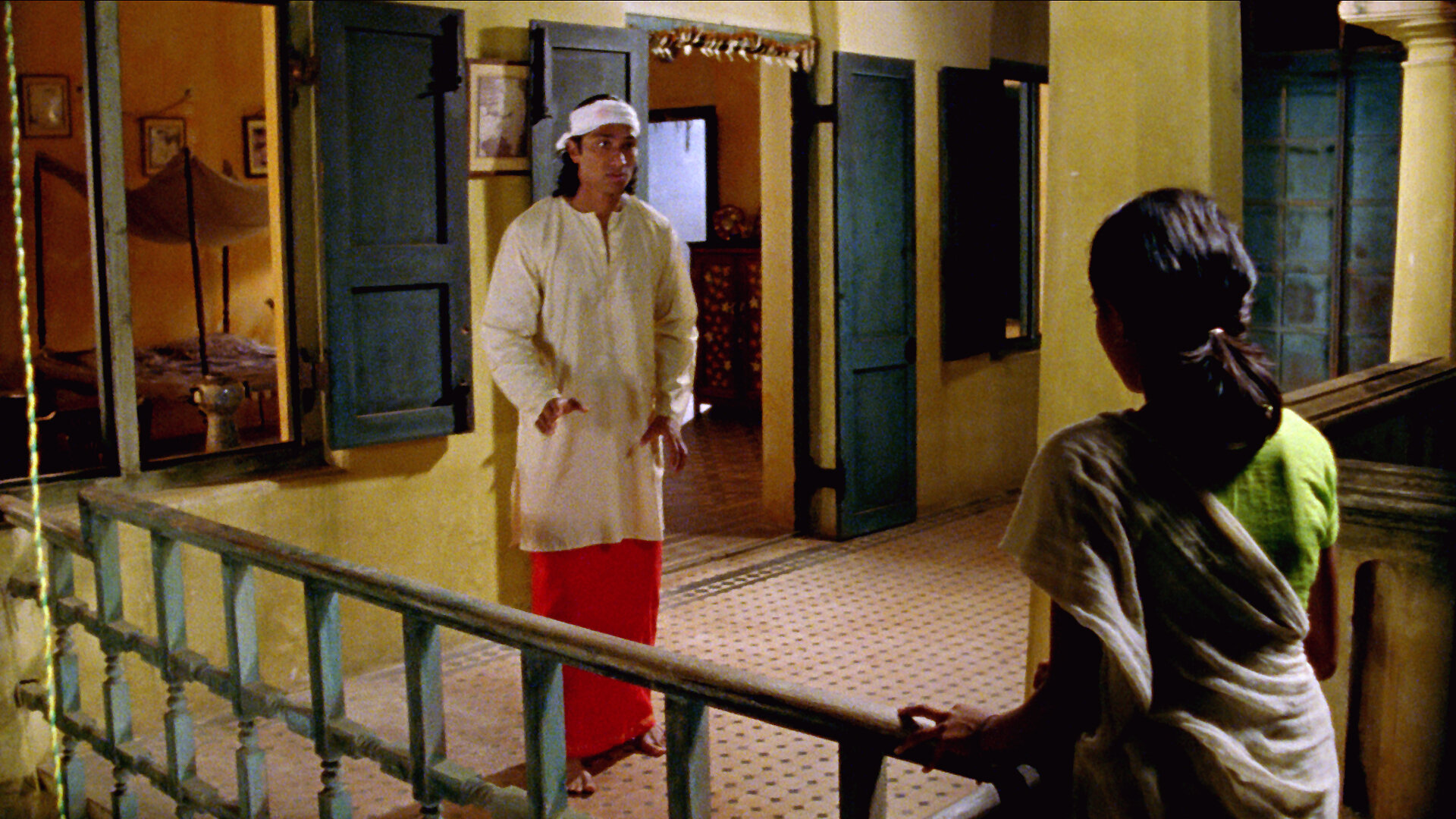
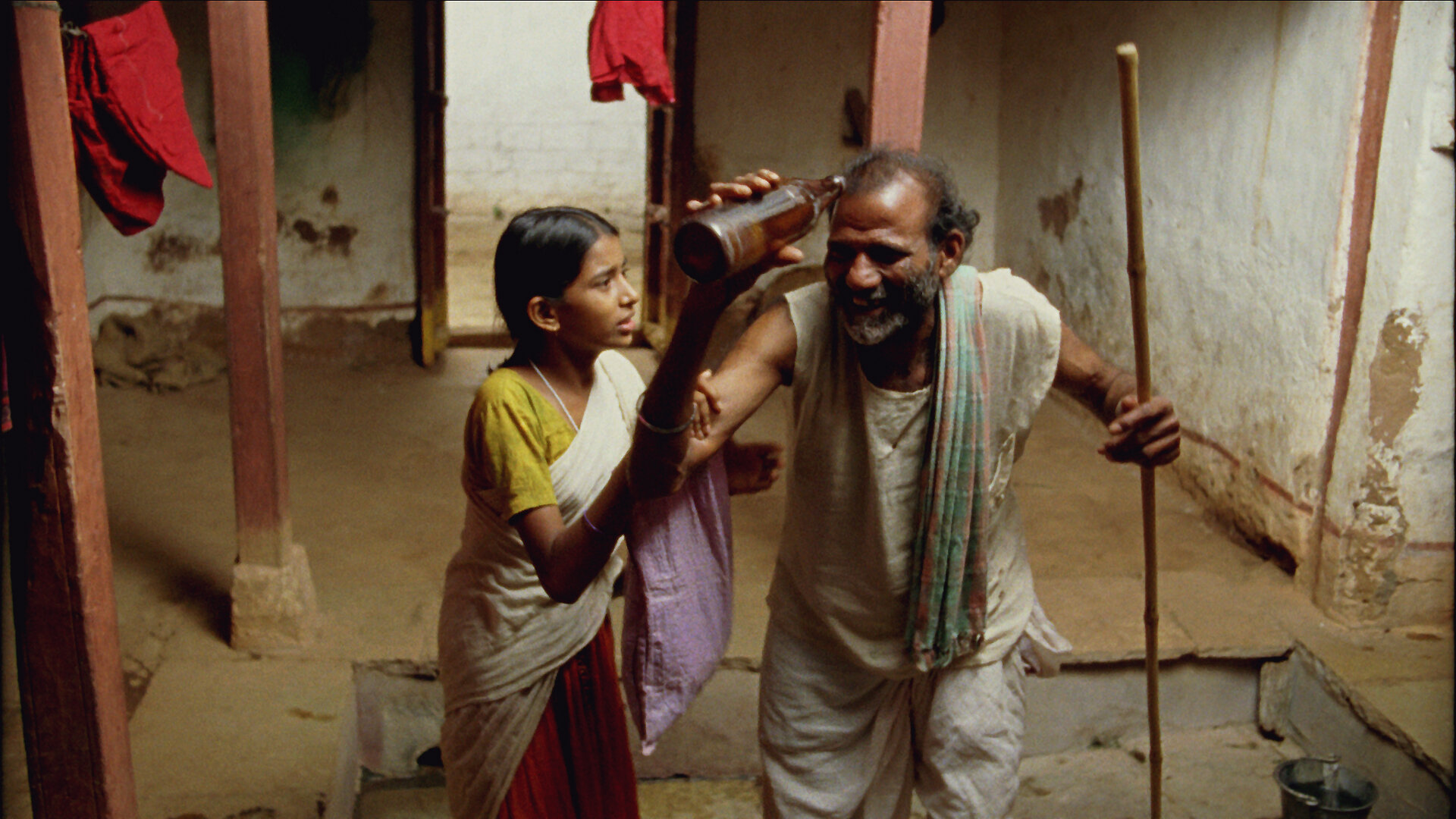
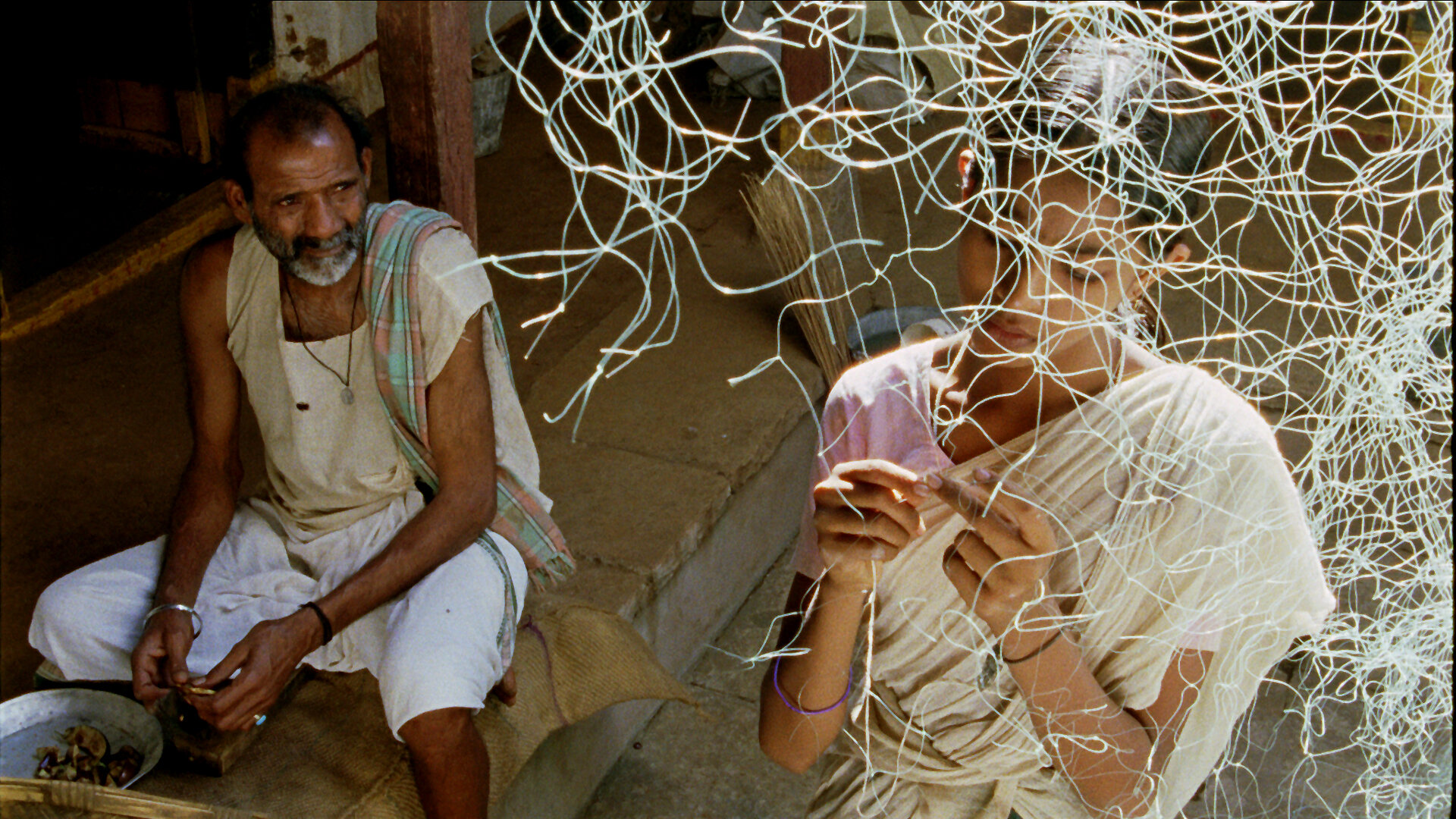
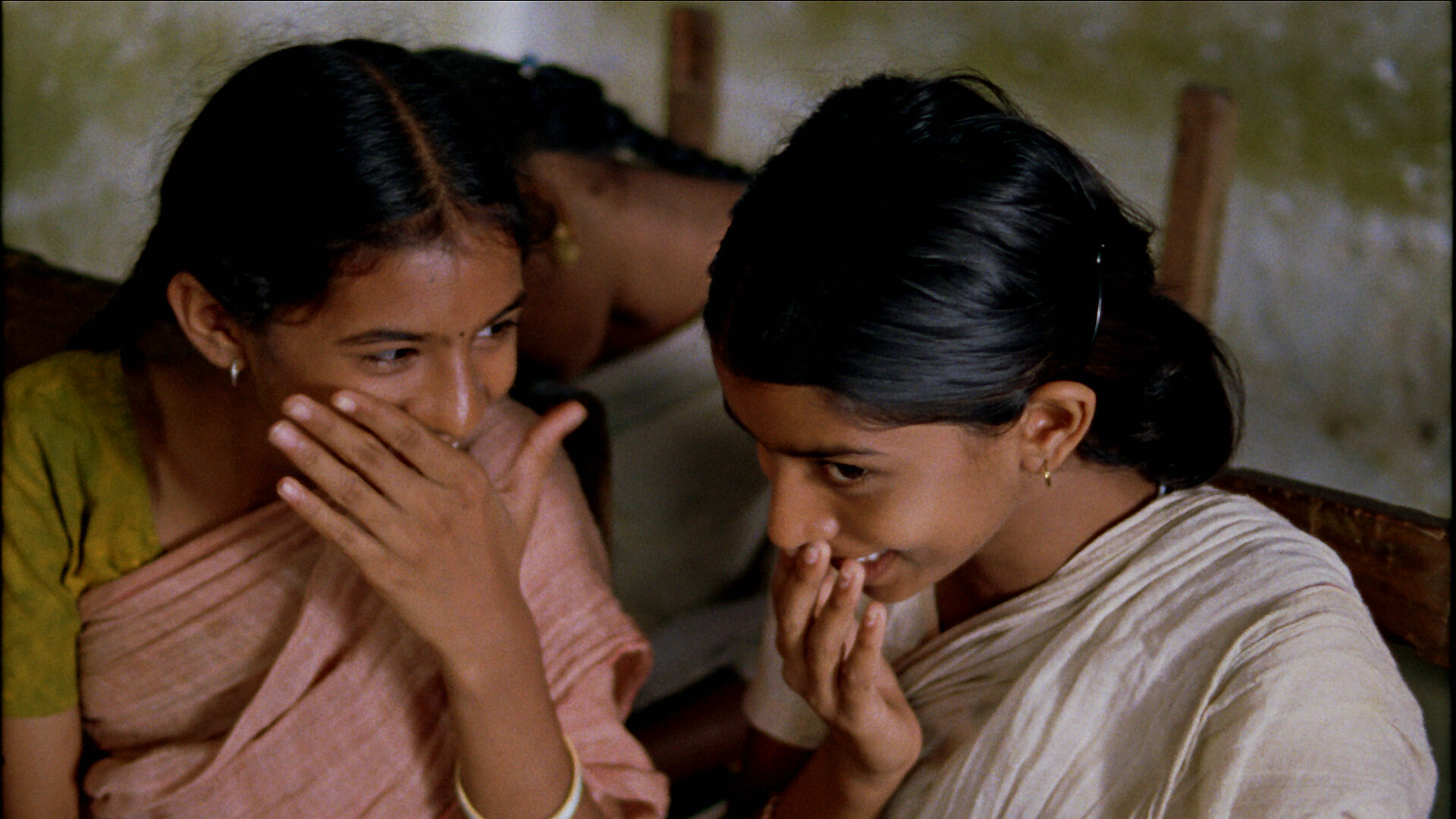
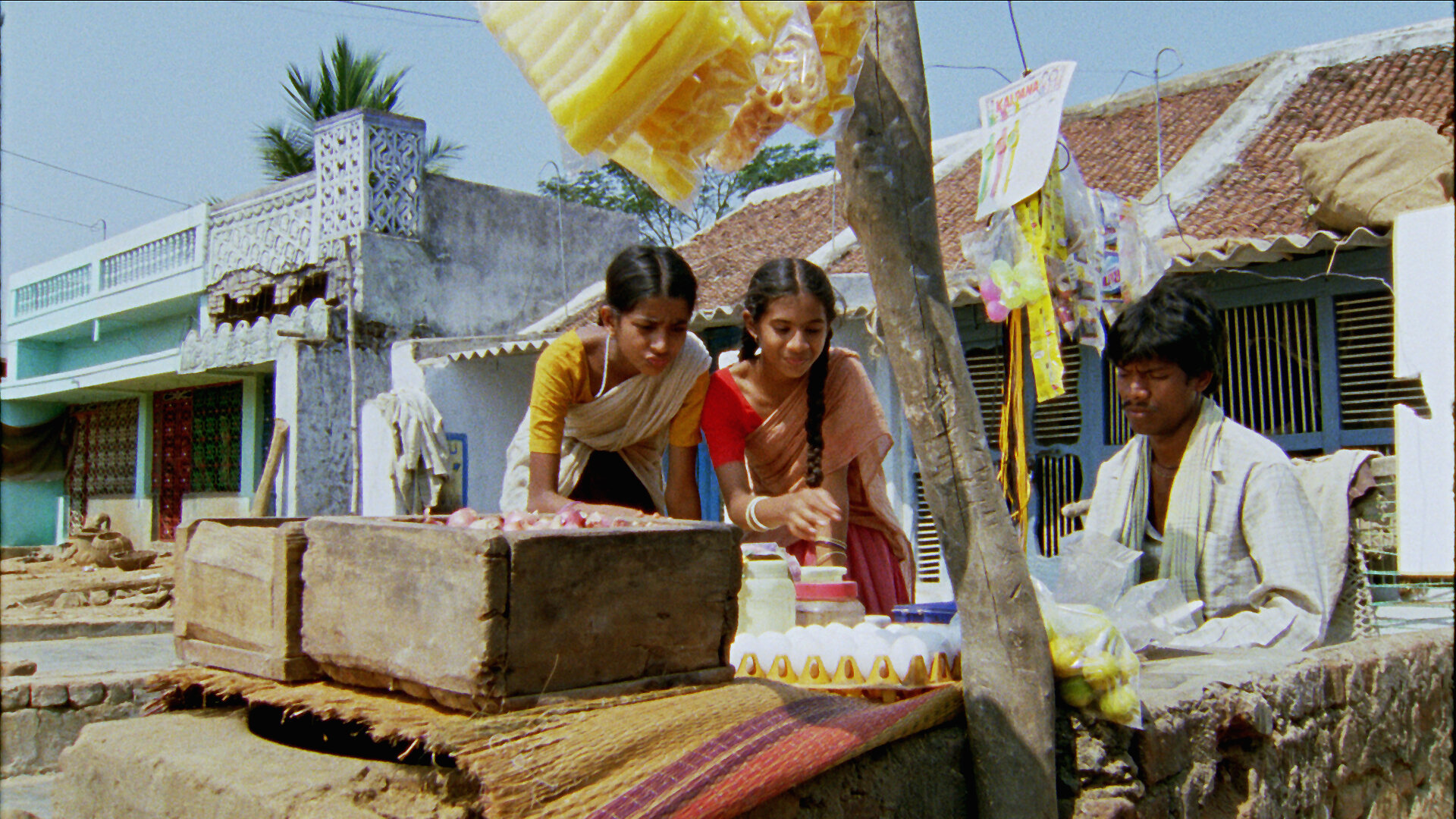
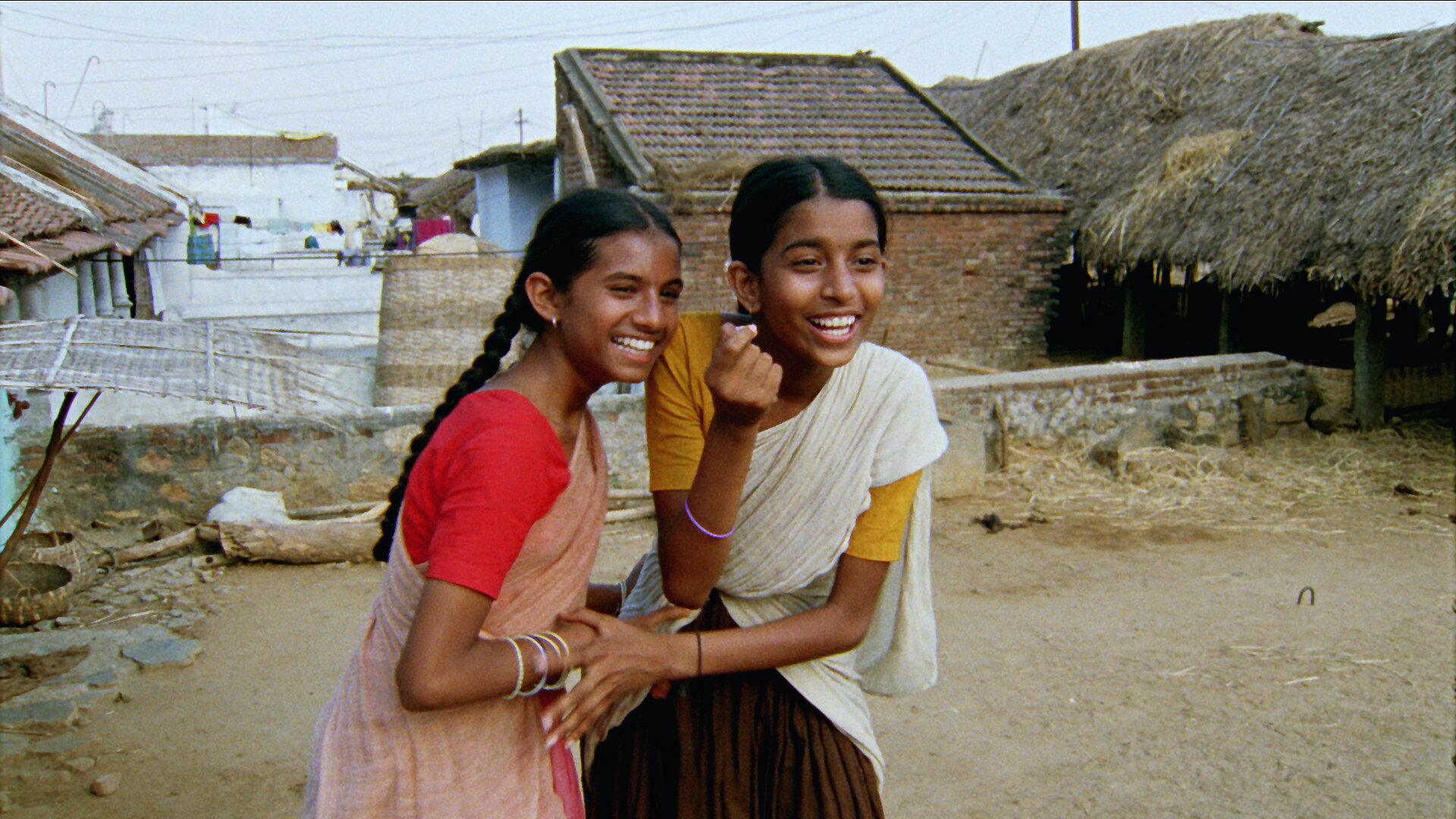
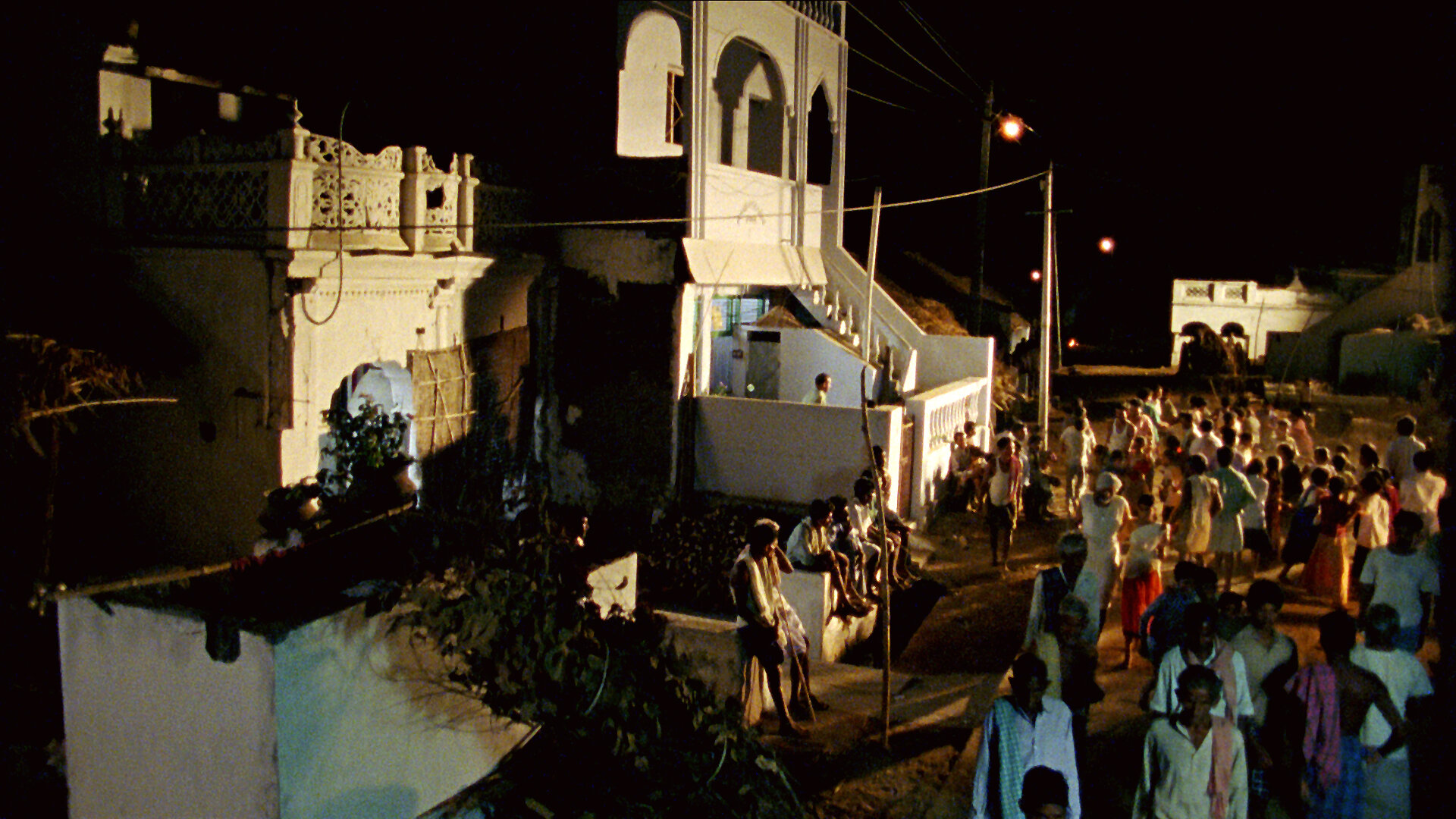
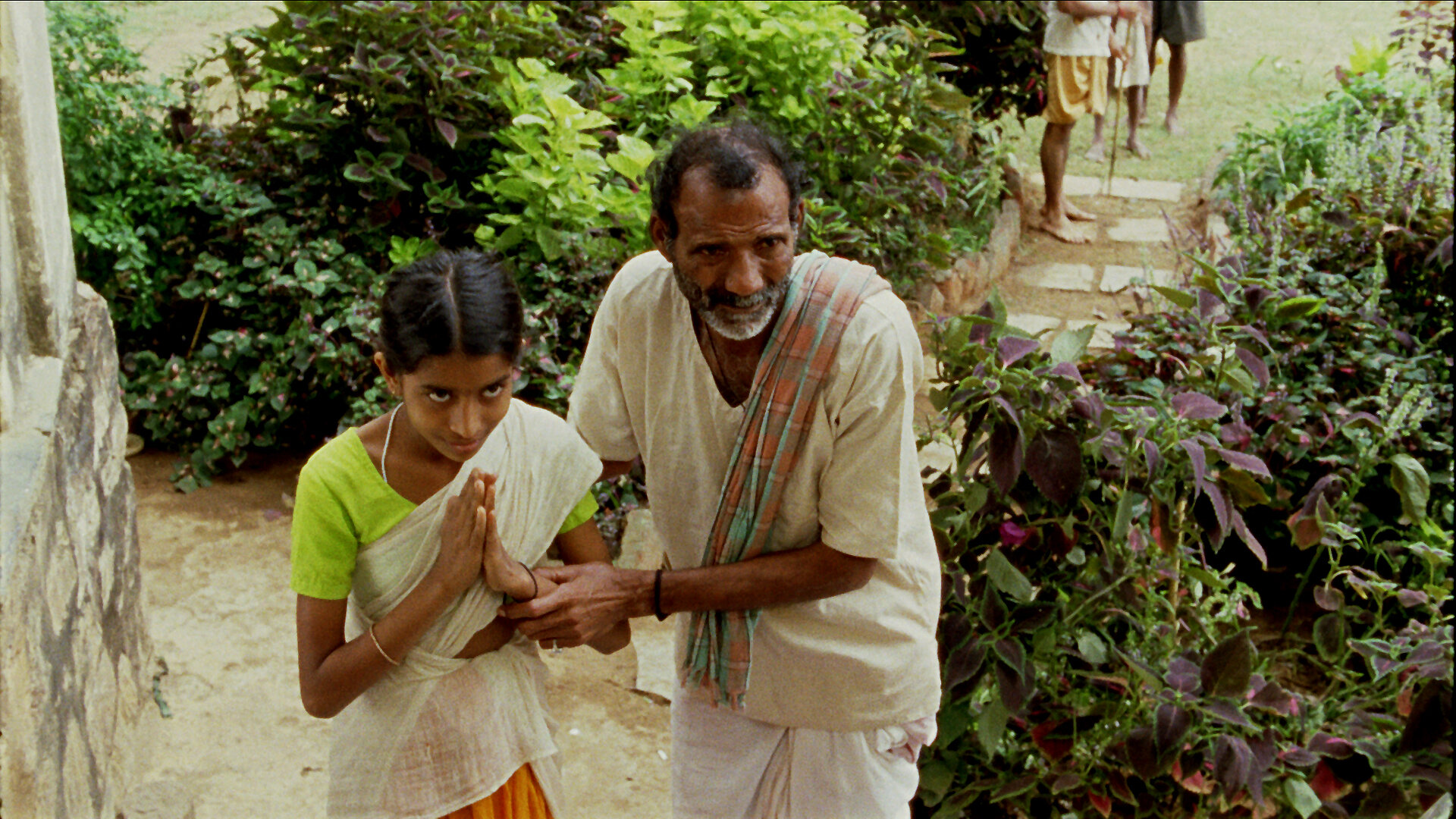
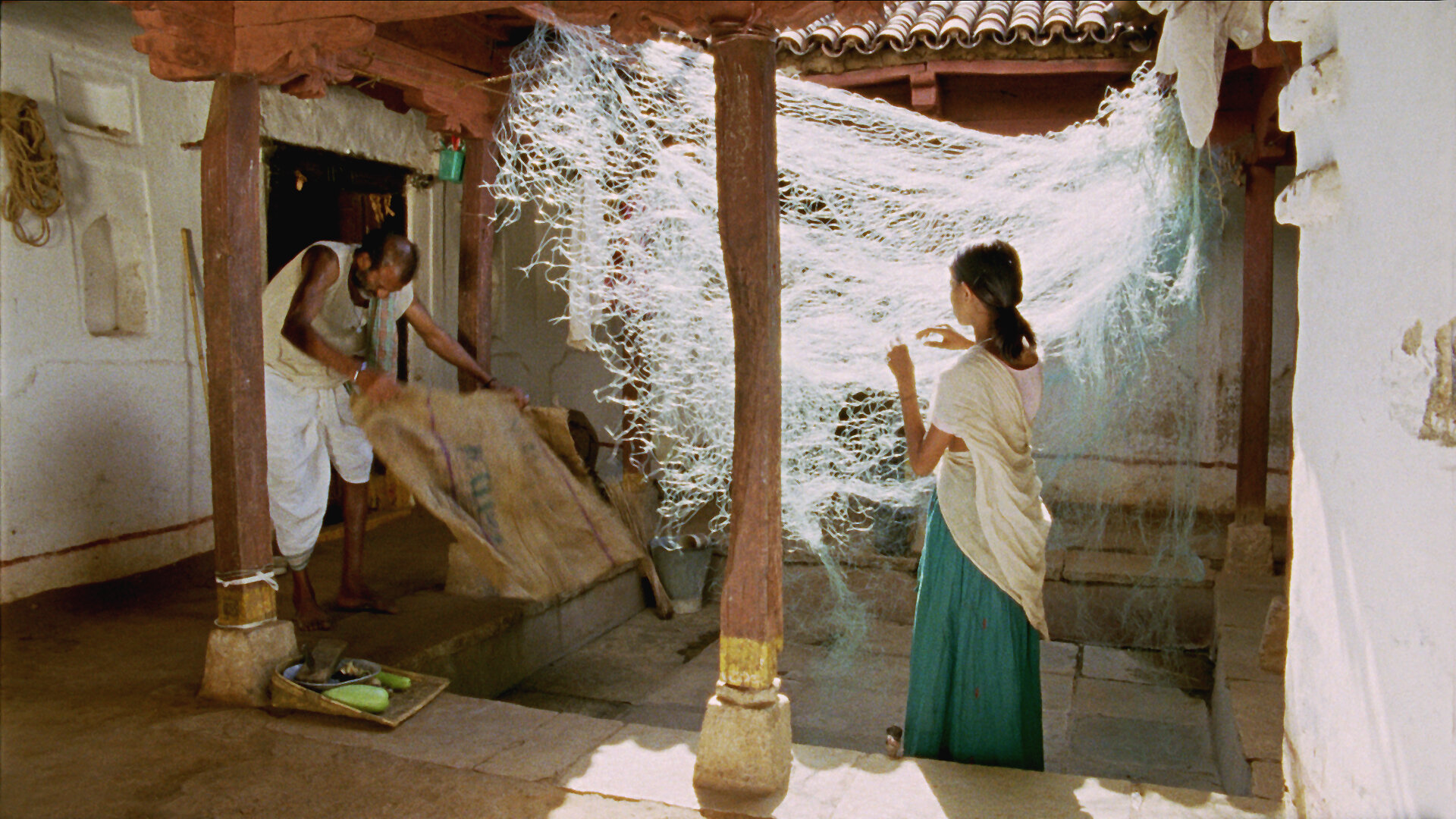
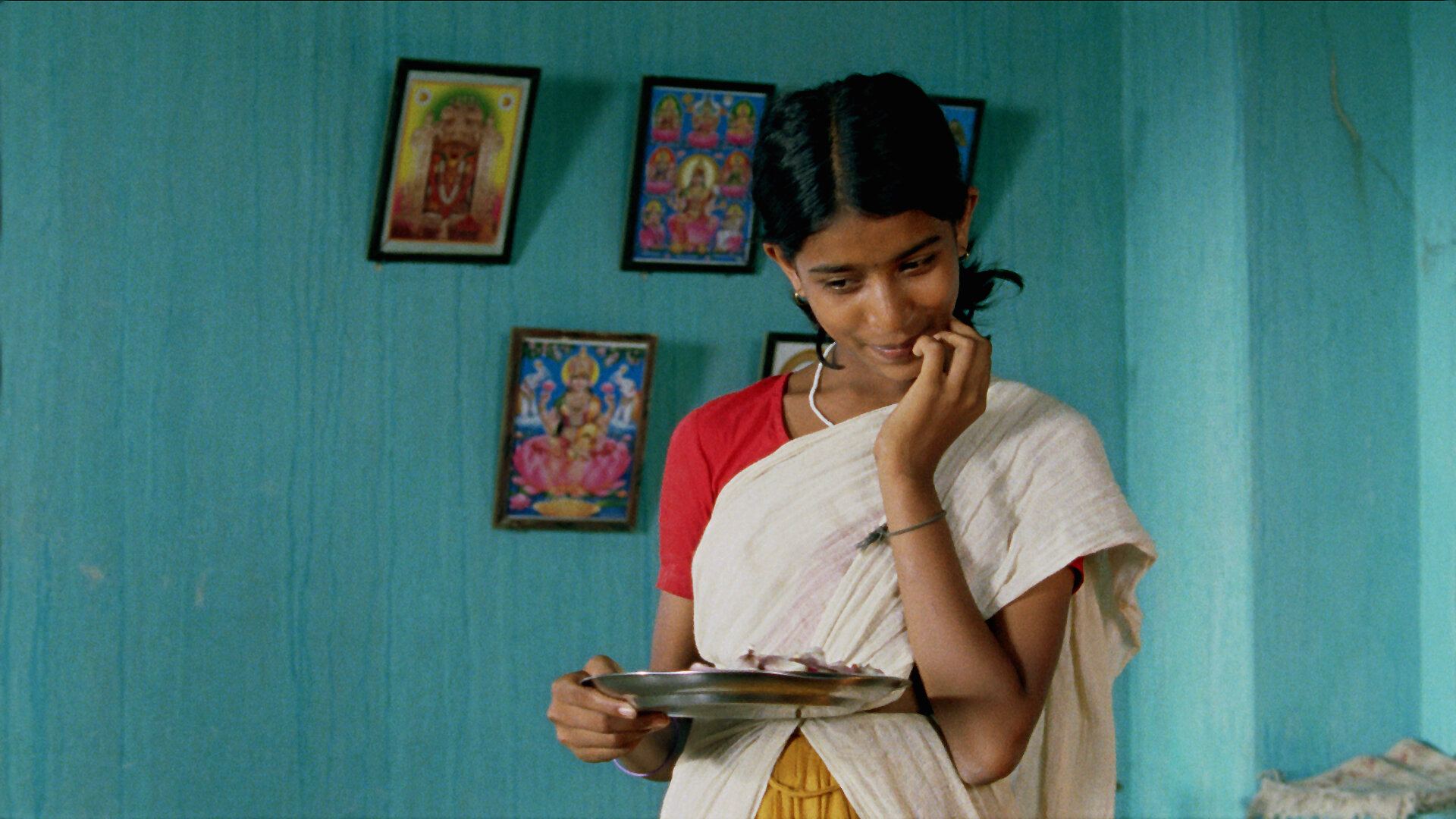
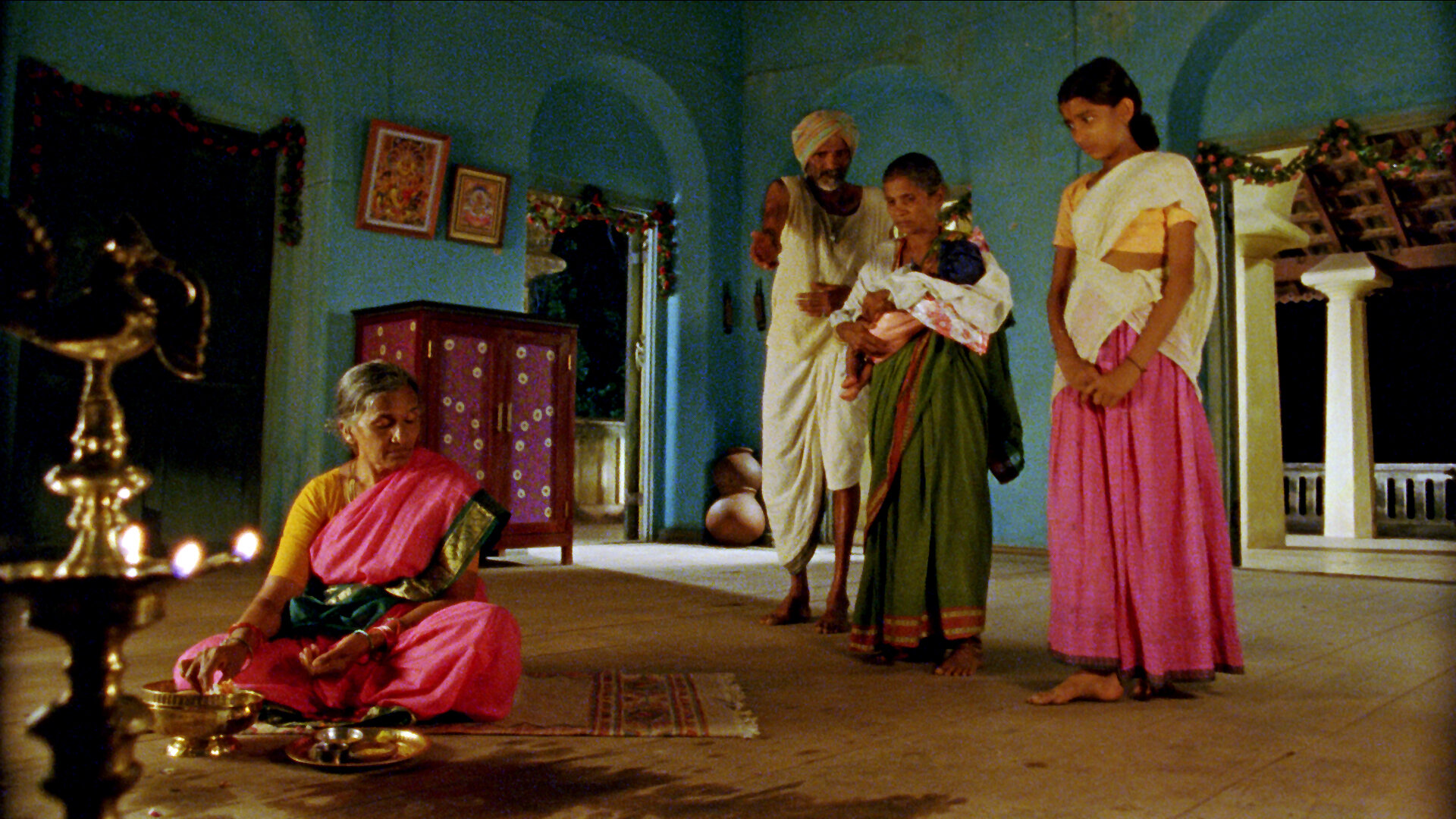
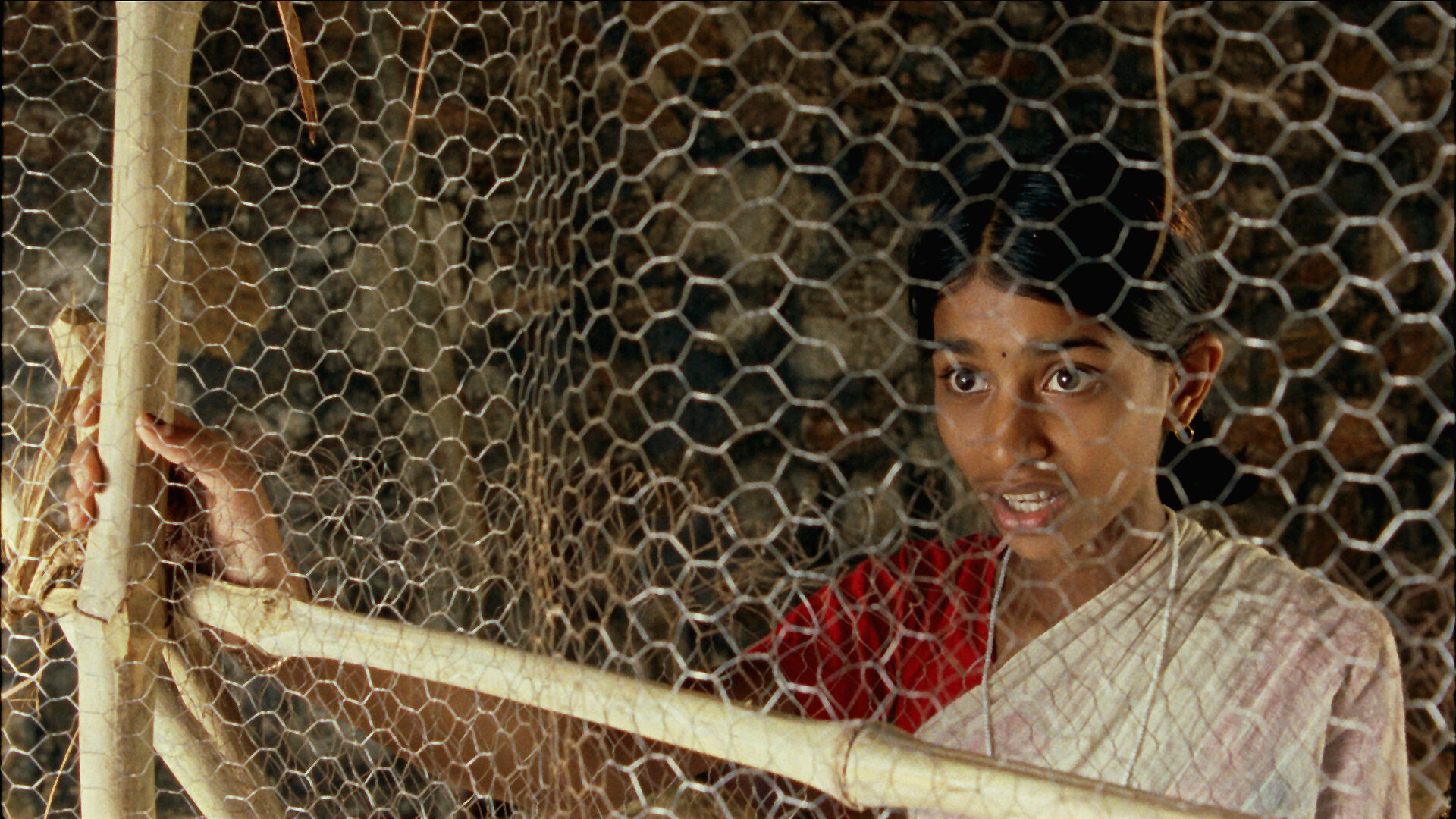
Download Vanaja Classical and Folk Music
It’s Free, as a Thank You for your Visit.
JOURNAL PAPERS
Chinnaiah Jangam (2009) Vanaja, Visual Anthropology, 22:1, 68-70, DOI: 10.1080/08949460802525892
“This issue of failed representation is reminiscent of Spivak’s influential essay, “Can the Subaltern Speak” Spivak argues that discursive attempts to speak for the subaltern often benefit the causes and interests of the supposed advocate, while reinforcing the subjectivity of the subaltern figure (Spivak 1985: 120-130)." (more...) Rajiv Kanan Menon, UNHEARD SCREAMS AND SILENT ACCEPTANCE: MODERN INDIAN CINEMATIC REPRESENTATIONS OF SUBALTERN WOMEN, in Widescreen Journal, Vol 1, No 1 (2009)































